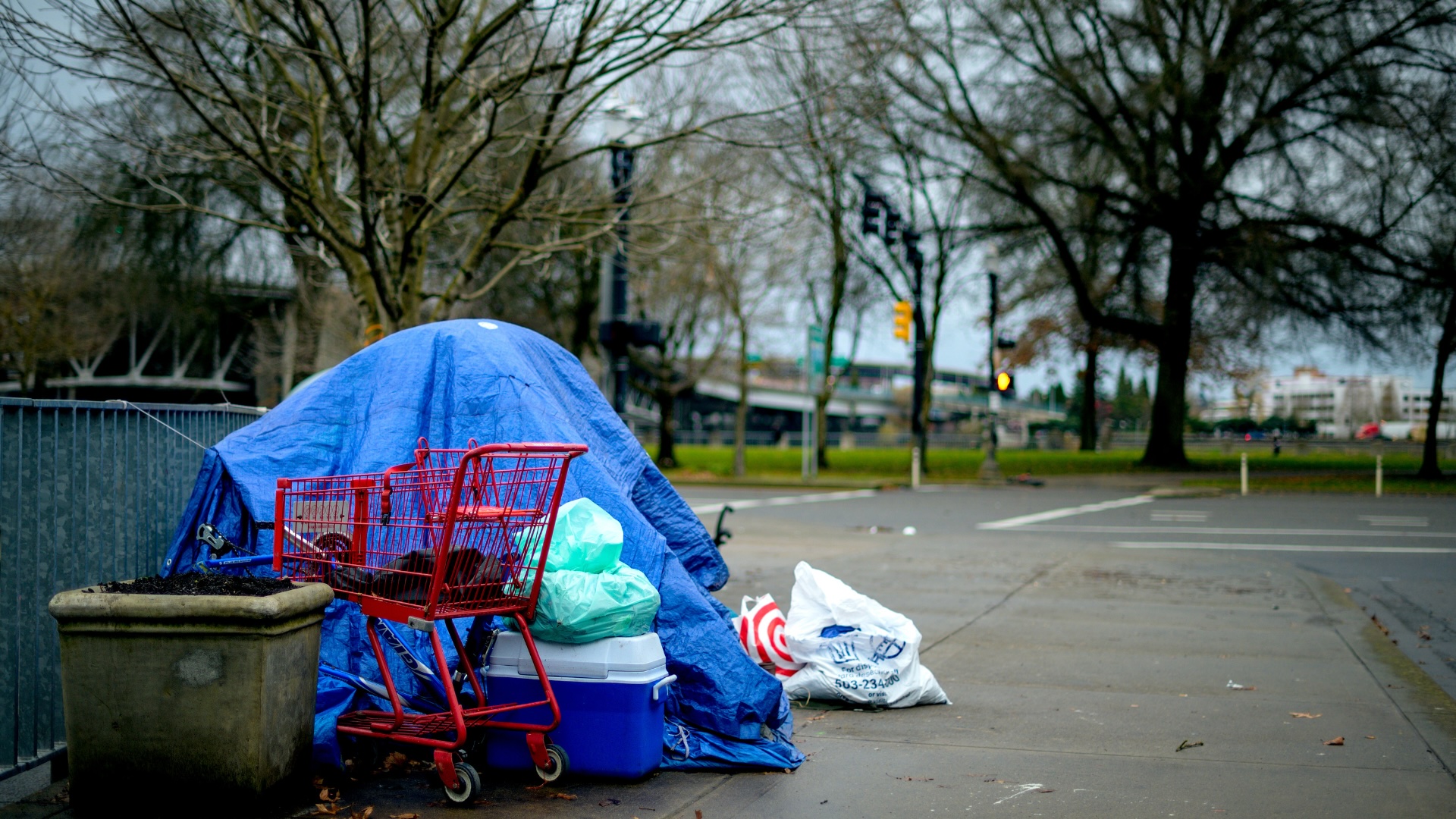On December 5, 2013, the 18th amendment to the U.S. Constitution was repealed, terminating the federal prohibition on “the manufacture, sale, or transportation of intoxicating liquors.” A failed 13-year experiment on commercial restriction ended, pushing the issue back to the state level. Utah is thought to have been the necessary 36th state to ratify the 21st amendment (that repealed the 18th), but Ohio and Pennsylvania ratified it on the same day, and Maine ratified it the day after. (So even if Utah didn’t vote to repeal, it would have passed.)
It’s worth reviewing some of the effects prohibition had on public policy, as we then address similar policies that remain at the state and local level.
For those who desired to obtain illicit substances during the prohibition era, the black market was readily available. Outlawed products were available, but rather than being cheap, safe to acquire, and legal, they were thrust into the domain of crime, gang warfare, violence, and racketeering. Prohibition directly fueled the rise of organized crime in America, providing a financial foundation upon which this threat could exponentially escalate. A study of 30 major cities during 1920 and 1921 (early years in the prohibition era) shows that crime increased by 24 percent, theft and burglaries by 9 percent, homicide by 12.7 percent, assaults and battery by 13 percent, drug addiction by 44.6 percent, and police department costs by 11.4 percent.
The study notes that alcohol consumption increased after an initial drop, and the potency of the produced beverages substantially increased. Prisons were filled to capacity; by the end of prohibition, the number of federal convicts had increased 561 percent over pre-prohibition levels, and the federal prison population increased by 366 percent. The federal government’s expenditures for penal institutions increased more than 1,000 percent during the prohibition era. The annual budget for the Bureau of Prohibition increased by $9 million over the 1920s, and the Coast Guard spent an average of $13 million annually to help enforce the policy. This data does not include the spending at local and state levels as well.
While the moralistic masses may have felt content in believing that they had legally banned booze, the problem did not magically disappear upon passage of the 18th amendment. In fact, the unintended consequences exacerbated the situation, creating societal chaos in its wake.
The same has held true for round two of federal prohibition: the so-called “war on drugs.” Police militarization, home raids, packed prisons, and bloated budgets have all been some of the many consequences of this similarly problematic prohibition. The federal government alone has spent $2.5 trillion to date on the failed initiative. As of 2004, drug crimes accounted for 21 percent of state prisoners and 55 percent of all federal prisoners. In 1980 there were 30,000 people in jail for drugs, while as of 2008 there were half a million.
Nixon’s budget for his new war was $100 million for the year; today’s annual anti-drug war funding comes in at $15 billion. A 2010 Associated Press article reported an investigation into how some of that money is spent, and the results are both interesting and perhaps unsurprising. The cost of federal drug arrests totals roughly $121 billion, and the cost of incarcerating these individuals in federal prisons is a staggering $450 billion. Around $33 billion has been spent promoting anti-drug educational campaigns such as the “Just Say No” program, though drug use amongst high school students has not decreased since the “war on drugs” was started, and the amount of drug overdoses has “risen steadily,” according to the Center for Disease Control and Prevention. Another $49 billion has been spent attempting to stop the influx of drugs across America’s borders, and $20 billion attempting to fight drug gangs in their own home countries.
It seems reasonable to suggest that at some point, a cost-benefit analysis must be done to determine if all the taxes, the violence, and the incarceration is worth it. To what extent are prohibitionists willing to go in their quest to eradicate substances which they deem immoral, unhealthy, or destructive—especially when they have not yet been successful?
Drugs may be treated by some as a separate issue than alcohol specifically, but even addressing liquor leads us to question the state’s ongoing involvement in a commercial enterprise. Utah owns and operates liquor stores, restricting and controlling (and monopolizing) its distribution within the state. The micromanaging of peaceful behavior becomes so ridiculous that certain restaurants, for example, are required to erect barriers to help prevent children from seeing drinks mixed, and servers must ask patrons desiring alcoholic beverages whether they plan to also eat food. No food, no booze.
Is this the proper role of government?
We understand and sympathize with those who see the damaging effect that harmful substances have both on the consumer and on innocent third parties. We desire to see all persons safeguarded from harm. But prohibition is the wrong method of obtaining this important goal, as it relies upon the acquisition of illegitimate authority and produces a chain of consequences that are considered by many to be far worse than what would have been the alternative.
We do not advocate the use of intoxicating substances, but we likewise do not advocate using the intoxicating power of government to handle every societal problem. Utah should abandon prohibitionist policies in favor of penalties against actual crimes committed, and health and social treatment for those who find themselves unable to responsibily use these substances.





